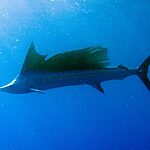Animals with no legs have evolved to thrive in various environments, showcasing the incredible adaptability of life on Earth. From the slithering snakes to the burrowing caecilians, these fascinating creatures have developed unique strategies for locomotion, hunting, and survival without the need for limbs.
The absence of legs has granted them evolutionary advantages, such as improved burrowing and swimming abilities, energy conservation, and enhanced predator avoidance and prey capture techniques.
By exploring the world of animals with no legs, we can gain a deeper appreciation for the remarkable diversity and resilience of the animal kingdom.
Quick Answer: Animals with no legs:
- Snakes
- Caecilians
- Legless lizards
- Earthworms
- Snails and slugs
- Jellyfish
- Some marine mammals (whales, dolphins)
- Fish
- Octopuses
- Other legless invertebrates (clams, mussels, sponges, corals)
Key Takeaways:
- Snakes, caecilians, and legless lizards have evolved elongated bodies and specialized muscles for efficient locomotion without legs.
- Legless animals possess enhanced sensory adaptations, such as heat-sensing pits in snakes and lateral line systems in fish, to navigate their environments effectively.
- The absence of legs provides evolutionary advantages, including improved burrowing and swimming abilities, energy conservation, and stealthy predator avoidance and prey capture strategies.
Legless Animals
The animal kingdom is incredibly diverse, with creatures of all shapes and sizes. While many animals rely on legs for locomotion, there are numerous fascinating species that have evolved to thrive without them.
From the slithering snakes to the graceful jellyfish, legless animals have adapted to various environments and developed unique strategies for survival. In this article, we will explore ten remarkable groups of animals that lack legs but are no less extraordinary.
1. Snakes

Snakes are perhaps the most well-known legless animals, with over 3,500 species found worldwide. These reptiles have elongated bodies covered in scales and move using a specialized form of locomotion called serpentine motion.
By contracting and relaxing their muscles in a wave-like pattern, snakes can propel themselves forward, sideways, or even climb vertical surfaces. The reticulated python, native to Southeast Asia, is one of the longest snake species, capable of growing up to an impressive 30 feet in length.
2. Caecilians
Caecilians are a lesser-known group of legless amphibians, with around 200 species discovered so far. These creatures resemble earthworms or snakes, with cylindrical bodies and no visible limbs.
Caecilians primarily inhabit tropical regions, where they burrow in moist soil or live in aquatic environments. Their skin is smooth and often secretes a toxic substance as a defense mechanism against predators.
3. Legless Lizards
Despite their snake-like appearance, legless lizards are actually a separate group of reptiles. Unlike snakes, legless lizards possess eyelids and external ear openings.
There are several species of legless lizards, including the glass lizard and the slow worm, which are found in various parts of the world. These lizards have evolved to live in a variety of habitats, from grasslands to forests, and play important roles in their ecosystems.
4. Earthworms
Earthworms are ubiquitous legless animals that play a vital role in maintaining healthy soil ecosystems. These segmented worms lack any visible appendages and rely on their muscular bodies for movement.
By burrowing through the soil, earthworms help aerate the ground, improve drainage, and facilitate the decomposition of organic matter. There are an estimated 6,000 species of earthworms worldwide, ranging in size from a few millimeters to over 3 feet long.
5. Snails and Slugs
Snails and slugs are mollusks that have adapted to life without legs. While snails have protective shells, slugs lack this feature entirely. These creatures move by contracting their muscular foot and secreting a layer of mucus, which allows them to glide smoothly over surfaces.
Snails and slugs can be found in a wide range of habitats, from gardens and forests to deserts and oceans. Some species, such as the giant African snail, can grow up to 8 inches in length.
6. Jellyfish
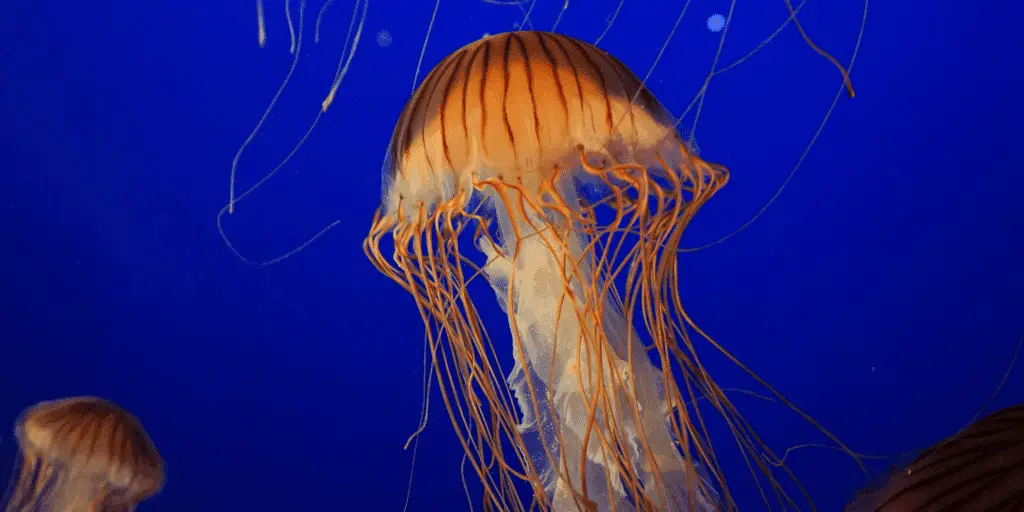
Jellyfish are mesmerizing marine animals that drift through the water without the need for legs or even a brain. These creatures come in a variety of shapes and sizes, from the tiny moon jellyfish to the majestic box jellyfish.
Jellyfish move by pulsating their bell-shaped bodies, creating a jet-like propulsion that pushes them through the water. Despite their delicate appearance, some jellyfish species are among the most venomous animals on Earth.
7. Marine Mammals
Several marine mammals, including sea lions, walruses, whales, and dolphins, have evolved to live without hind limbs. Instead, their forelimbs have been modified into flippers or fins, which provide efficient propulsion in the water.
These adaptations allow marine mammals to navigate vast expanses of ocean and dive to incredible depths. The blue whale, the largest animal on Earth, can grow up to 100 feet long and weigh over 200 tons.
8. Fish
The vast majority of fish species lack legs, with their limbs having evolved into fins. From the sinuous eels to the graceful seahorses, legless fish have adapted to a wide range of aquatic environments. Fins serve multiple purposes, including propulsion, steering, and stabilization. Some fish, such as the electric eel, have even developed specialized organs that generate electricity for hunting and self-defense.
9. Octopuses
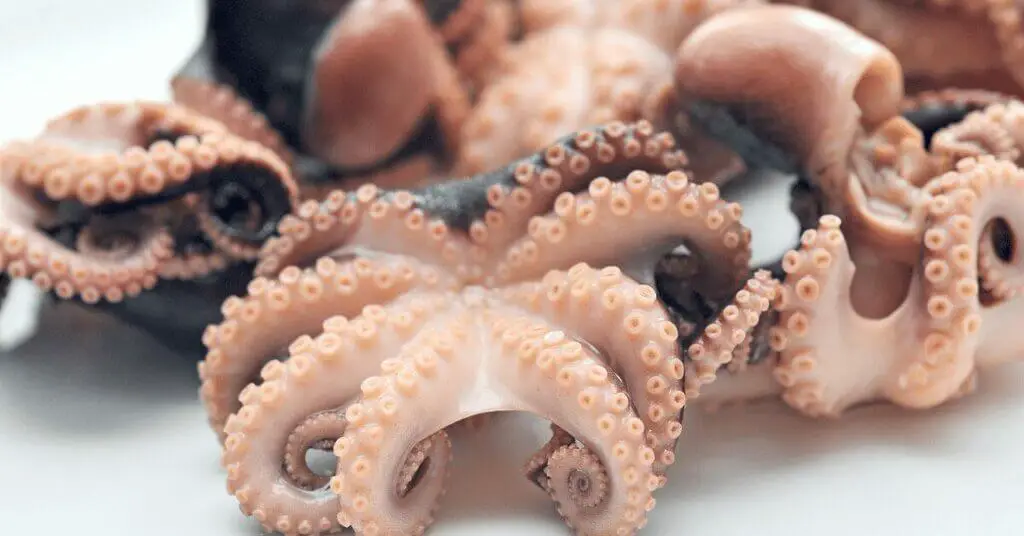
Octopuses are intelligent and versatile marine animals that lack legs but possess eight flexible arms. These appendages are lined with suction cups, allowing octopuses to grasp objects and manipulate their environment.
Octopuses are known for their problem-solving abilities and have been observed using tools, opening jars, and even escaping from aquariums. There are around 300 known species of octopuses, found in oceans worldwide.
10. Other Legless Invertebrates
In addition to the animals mentioned above, there are numerous other legless invertebrates that have adapted to life without limbs. Clams and mussels, for example, are bivalve mollusks that live inside protective shells and filter food from the surrounding water.
Sponges are simple, sessile animals that lack any form of locomotion and rely on water currents to bring food and oxygen to their bodies. Corals, which form the backbone of many marine ecosystems, are actually colonies of tiny, legless polyps that secrete a hard exoskeleton.
Adaptations of Legless Animals
Legless animals have evolved an array of remarkable adaptations that allow them to thrive in their respective environments without the need for legs.
These adaptations involve modifications in their skeletal, muscular, sensory, respiratory, and circulatory systems, enabling them to move, navigate, and survive with incredible efficiency. Let’s explore some of the fascinating ways in which legless animals have adapted to life without limbs.
Skeletal and Muscular Adaptations
One of the most striking adaptations in legless animals is the modification of their skeletal system. In snakes, for example, the vertebral column has elongated, allowing for greater flexibility and range of motion.
This elongation is accompanied by a reduction in the number of bones, making the skeleton lighter and more streamlined. Similarly, in caecilians, the bones have been greatly reduced, resulting in a highly flexible body that can easily burrow through soil.
In addition to skeletal adaptations, legless animals have developed specialized muscular systems that enable them to move with remarkable efficiency.
Snakes, for instance, possess powerful trunk muscles that run along the length of their body. These muscles work in coordination with the scales on their belly, allowing them to propel themselves forward in a mesmerizing serpentine locomotion. The absence of legs has led to the development of these strong and flexible muscles, which provide the necessary force for movement.
Sensory Adaptations
Legless animals have also evolved enhanced sensory capabilities that help them navigate their environments and locate prey or avoid predators. Many snake species, for example, possess heat-sensing pits located between their eyes and nostrils.
These specialized organs allow snakes to detect the body heat of their prey, even in complete darkness. This adaptation is particularly useful for nocturnal snakes, enabling them to hunt effectively without relying on visual cues.
In aquatic legless animals, such as fish, the lateral line system plays a crucial role in spatial awareness and movement. This system consists of a series of sensory organs along the sides of the fish’s body that detect vibrations and pressure changes in the water. By processing this information, fish can navigate their surroundings, detect prey, and avoid obstacles, compensating for the lack of legs in their aquatic environment.
Respiratory and Circulatory Adaptations
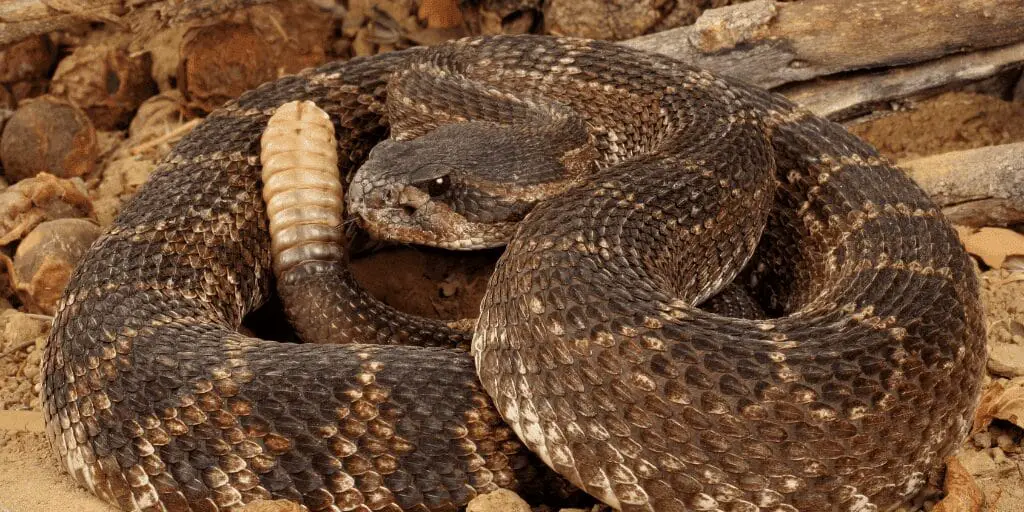
Legless animals have also developed efficient respiratory and circulatory systems to maintain oxygen supply and nutrient distribution throughout their elongated bodies. Snakes, for instance, have long, narrow lungs that extend along a significant portion of their body cavity. This adaptation allows for efficient gas exchange, ensuring that oxygen is effectively delivered to all body tissues.
In legless amphibians, such as caecilians, the circulatory system has evolved to be highly efficient. Their hearts are elongated and positioned closer to the head, allowing for better circulation of oxygenated blood throughout their bodies. This adaptation is crucial for sustaining their metabolic processes, particularly during periods of burrowing or diving when oxygen availability may be limited.
The respiratory and circulatory adaptations of legless animals showcase their incredible ability to optimize their body functions in the absence of legs. These adaptations enable them to maintain a high level of activity and sustain their energy requirements, despite the challenges posed by their unique body forms.
Legless animals have truly mastered the art of adaptation, evolving a range of specialized features that allow them to thrive in diverse environments. From the elongated bodies of snakes to the enhanced sensory capabilities of fish, these creatures have found innovative ways to compensate for the lack of legs. By understanding the intricate adaptations of legless animals, we can appreciate the remarkable diversity and resilience of life on Earth.
Evolutionary Advantages of Being Legless
The loss of legs in certain animal groups may seem like a disadvantage at first glance, but it has actually opened up a world of evolutionary advantages. By adapting to a legless existence, these animals have been able to occupy specific ecological niches and thrive in particular habitats.
The absence of legs has granted them benefits in terms of energy conservation, predator avoidance, and prey capture. Let’s explore how being legless has become a successful evolutionary strategy for many animals.
Improved Locomotion in Specific Habitats
One of the most significant advantages of being legless is the ability to move more efficiently in certain habitats. Animals that burrow through soil or swim in water have found that a legless body plan is more advantageous than having limbs. The streamlined body shapes of legless animals reduce drag and allow them to navigate through narrow spaces with ease.
Take the sandfish skink, for example. This remarkable lizard has evolved to “swim” through sand, using its smooth, elongated body to propel itself forward. By undulating its body in a wave-like motion, the sandfish skink can move swiftly through the loose sand, effectively becoming a “fish out of water.”
Similarly, legless amphibians like caecilians have adapted to a life of burrowing in moist soil. Their long, slender bodies are perfectly suited for moving through the earth, allowing them to access food sources and escape predators in their subterranean world.
In the aquatic realm, many legless animals, such as eels and sea snakes, have evolved to be expert swimmers. Their elongated bodies and flexible spines enable them to glide through the water with minimal resistance, making them efficient predators and elusive prey.
Energy Conservation
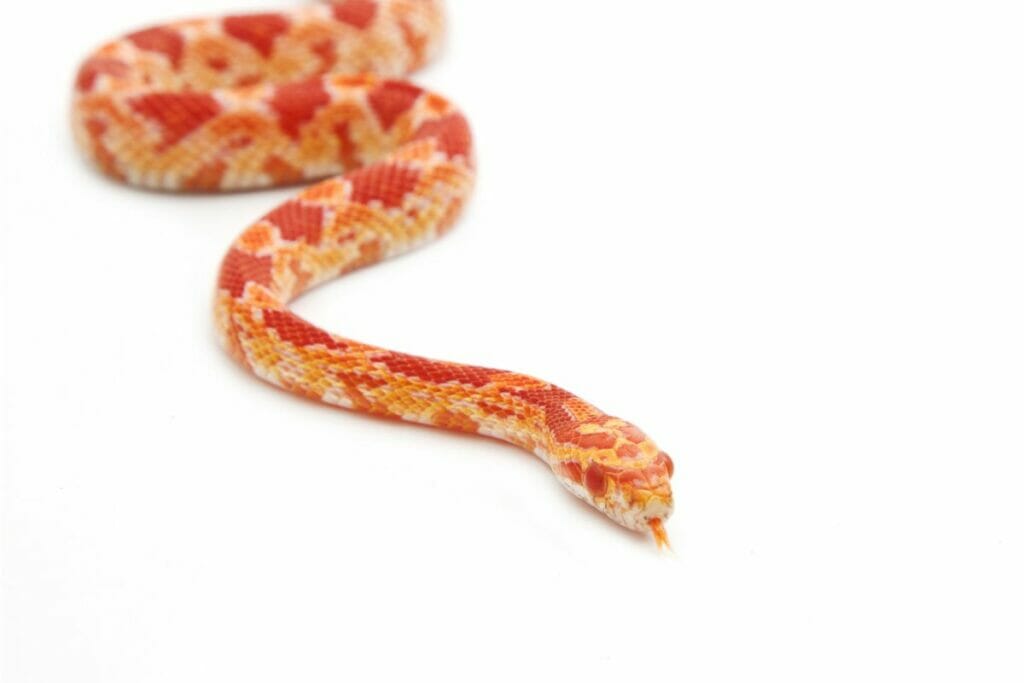
Another evolutionary advantage of being legless is the ability to conserve energy. Without the need to allocate resources to the development and maintenance of limbs, legless animals can reduce the metabolic costs associated with movement. This energy conservation allows them to allocate resources to other essential functions, such as reproduction and growth.
Some snake species, for instance, have evolved a slow metabolism, which enables them to survive for extended periods without food. By minimizing their energy expenditure, these snakes can go months between meals, an adaptation that proves invaluable in environments where food is scarce.
Legless lizards, such as the glass lizard, also benefit from energy conservation. By reducing the metabolic demands of locomotion, they can allocate more energy to growth and reproduction, increasing their chances of survival and passing on their genes to future generations.
Predator Avoidance and Prey Capture
Being legless has also granted animals an edge in terms of predator avoidance and prey capture. The ability to hide in narrow crevices and burrows has allowed legless animals to evade predators effectively. Their slender bodies can slip into spaces that would be inaccessible to limbed creatures, providing them with a valuable escape route.
Some legless animals have evolved stealthy movement patterns that enable them to ambush their prey more successfully. The sidewinding motion of certain snake species, for example, allows them to move across loose sand without disturbing the surface, making them nearly invisible to unsuspecting prey.
Venomous snakes have taken prey capture to another level by evolving a potent venomous bite. This adaptation enables them to subdue their prey quickly and efficiently, even if the prey is larger than the snake itself. The venom of some species, such as the black mamba, is so powerful that it can take down large mammals within minutes.
Other legless predators, like pythons, have evolved the ability to constrict their prey. By coiling their muscular bodies around their victim, they can squeeze the life out of it, making for an effective hunting strategy in the absence of limbs.
Frequently Asked Questions
Are there any legless mammals?
Yes, there are a few species of legless mammals, such as the Siberian mole and the marsupial mole. These animals have adapted to a burrowing lifestyle and have lost their hind limbs over the course of evolution.
How do legless animals defend themselves?
Legless animals have developed various defense mechanisms, such as venomous bites, camouflage, and the ability to secrete toxic substances from their skin. Some species, like the glass lizard, can even detach their tails to distract predators.
Can legless animals regenerate lost body parts?
Some legless animals, such as certain species of worms and sea cucumbers, have the ability to regenerate lost body parts. However, this ability varies among different species and is not a universal trait among legless animals.
How do legless animals reproduce?
Legless animals reproduce in a variety of ways, depending on the species. Some, like snakes and lizards, lay eggs, while others, such as earthworms and some species of caecilians, engage in direct fertilization and give birth to live young.
Are there any legless birds?
No, there are no known species of legless birds. Birds have evolved to rely heavily on their legs for perching, walking, and taking off for flight, making the absence of legs a significant disadvantage in their life history.
- Wild Animals in Costa Rica: A Biodiverse Paradise - 2024-05-16
- Animals That Live in the Rainforest: A Diverse Wonder - 2024-05-15
- Animals in the Safari: A Captivating African Adventure - 2024-05-15


